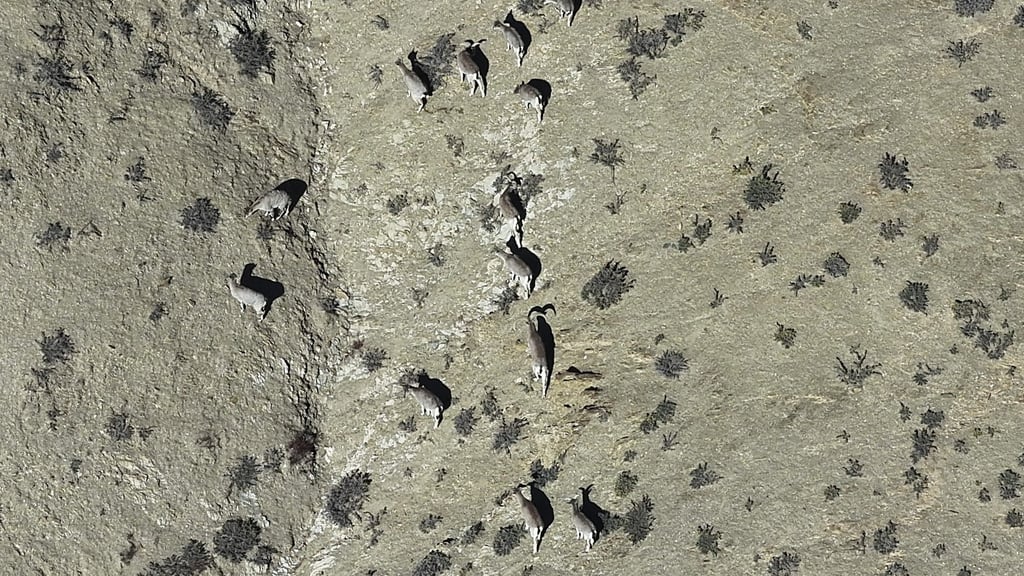Nepal’s national parks have eyes in the sky watching over their precious wildlife.
Advertisement
Conservationists are deploying drones in protected areas to monitor animals, track illegal activities, conduct censuses and help minimise human-wildlife conflicts. The technology is primarily being used in and around the Chitwan and Bardia national parks – home to tigers, rhinos and elephants in the country’s southern lowlands.
Gokarna Jung Thapa, head of geoinformatics and technology at WWF Nepal, said drones had emerged as a crucial conservation tool – from helping in researching and detecting new species to serving as an efficient alternative to traditional patrols on foot, bicycle, motorboats and elephants.
“Drones provide greater aerial coverage and save time,” he told This Week in Asia. “They help to combat poaching and respond to suspicious activities in real time while also documenting photographic evidence for law enforcement purposes.”
Nepal first tested conservation drones in 2012 using a two-metre-wide device with a plane-like wingspan, equipped with a camera and Global Positioning System, in Chitwan to monitor tigers and rhinos and illicit activities.

The country has recently acquired more sophisticated drones – including those with thermal cameras and vertical take-off and landing features – with high-resolution cameras, geo-tagging, extended flight times of up to an hour or more, and capable of capturing aerial views of up to 30km (18.6 miles).

